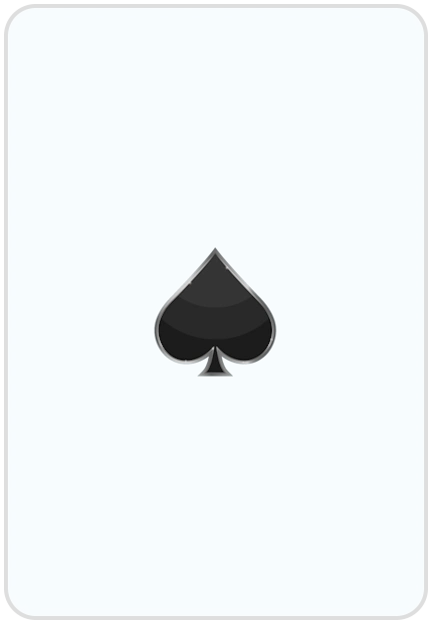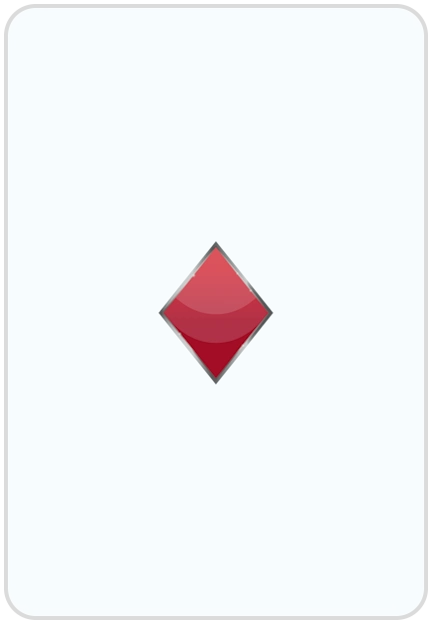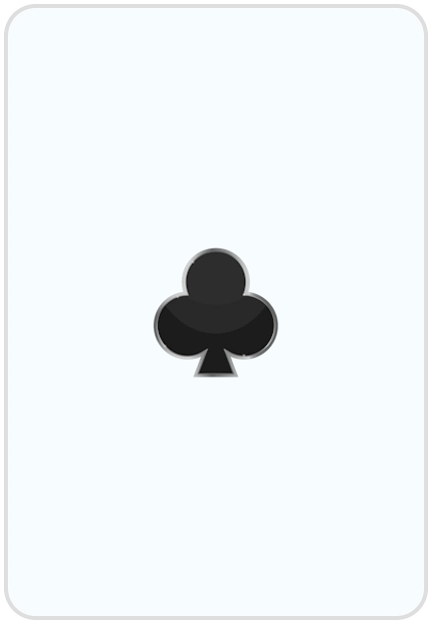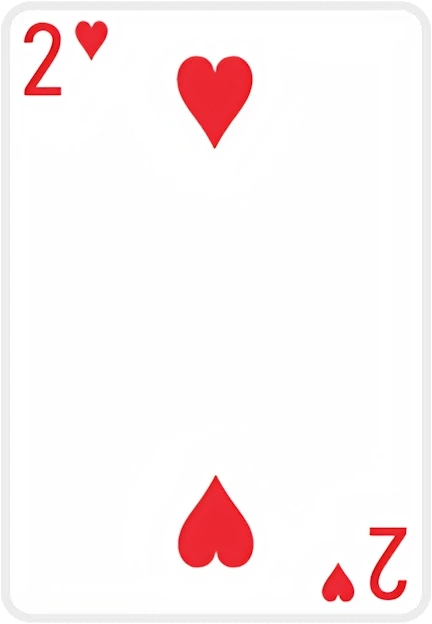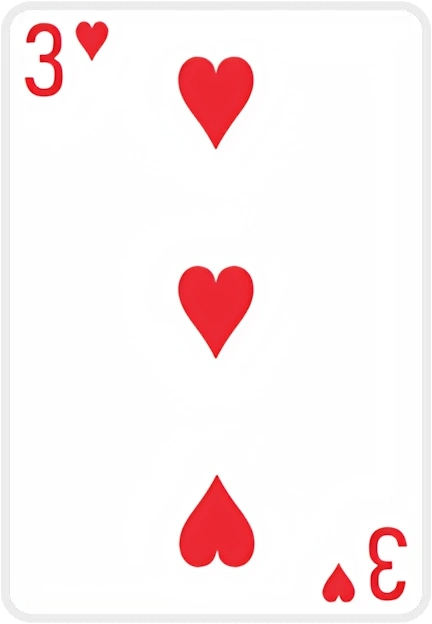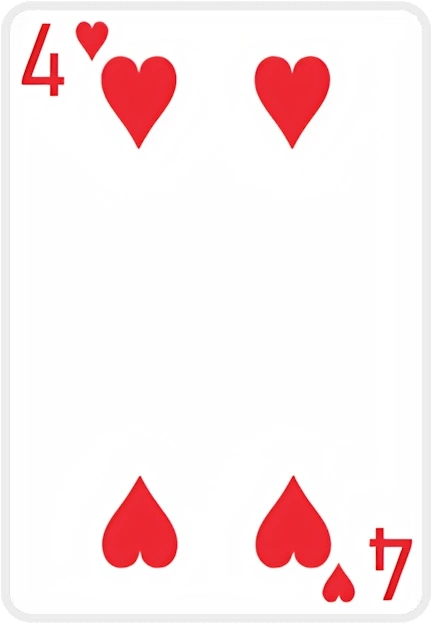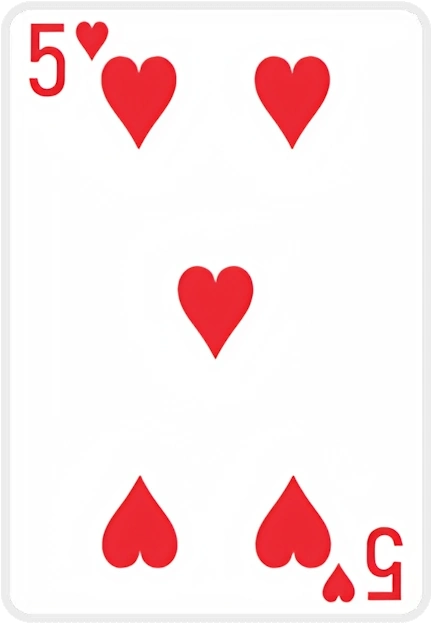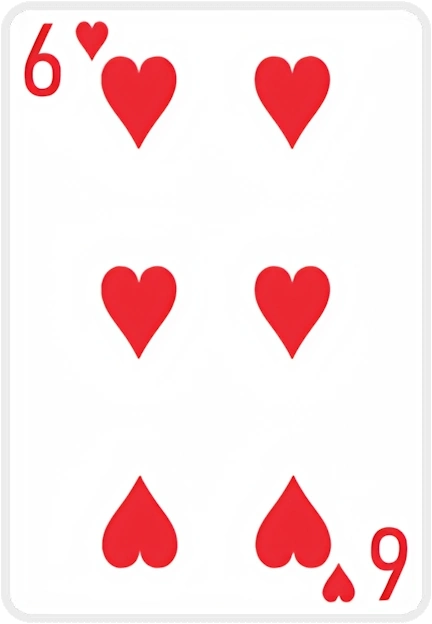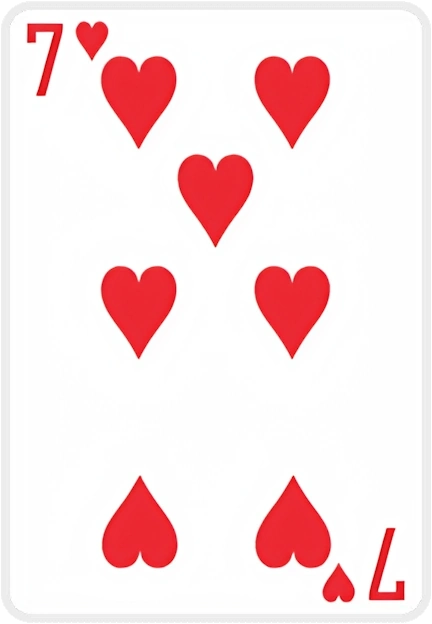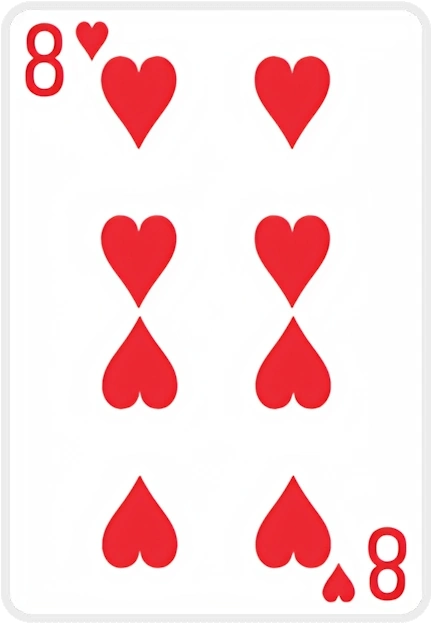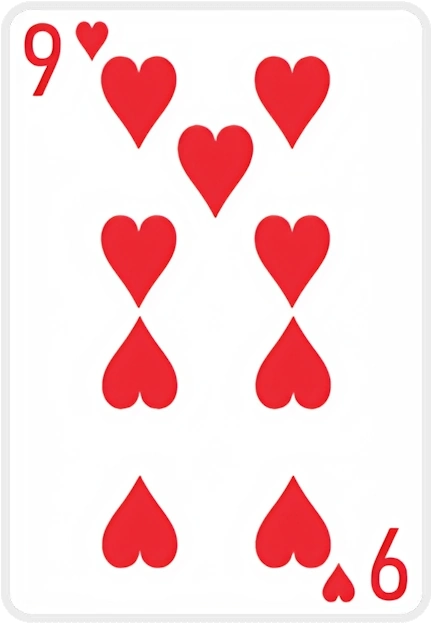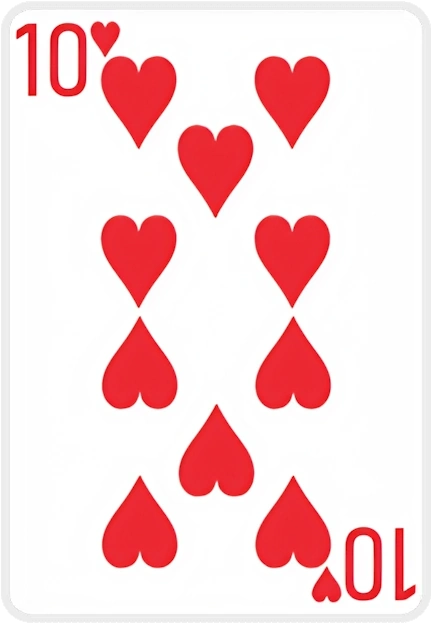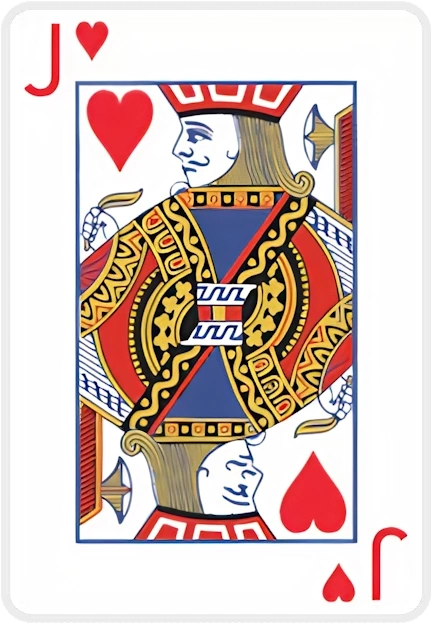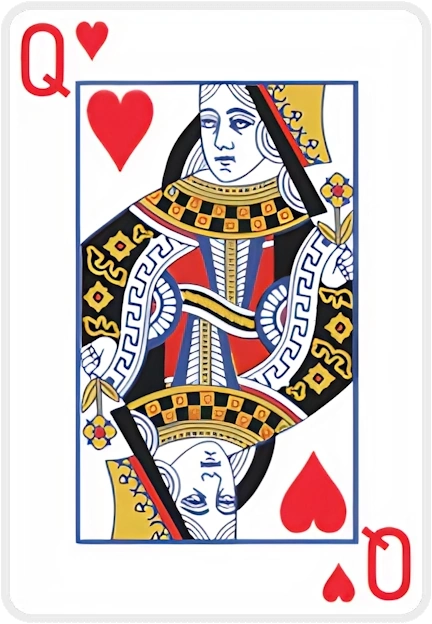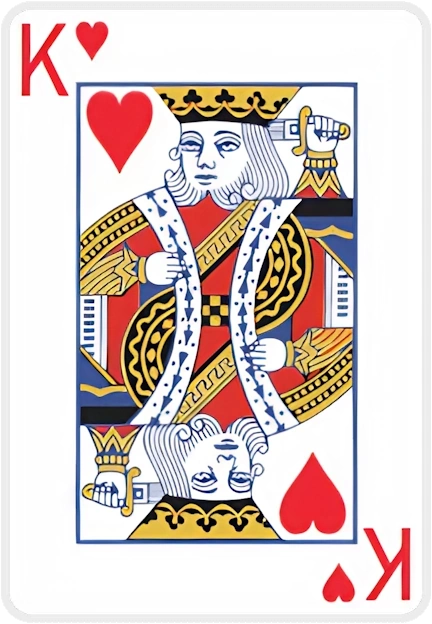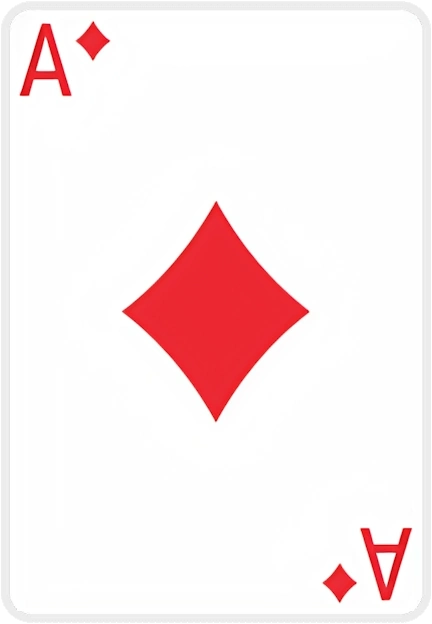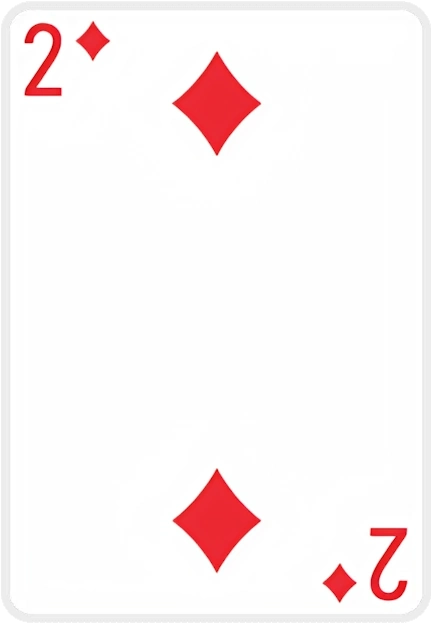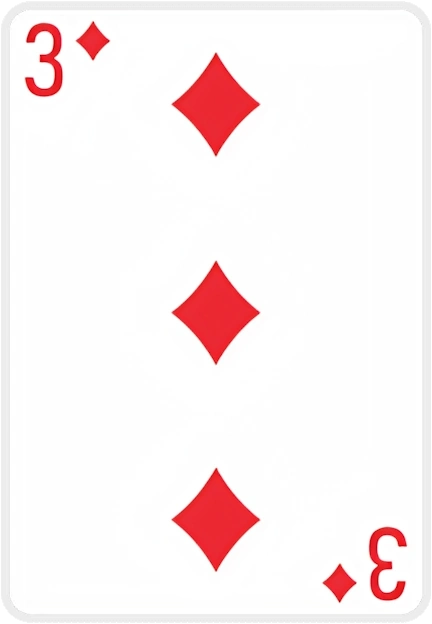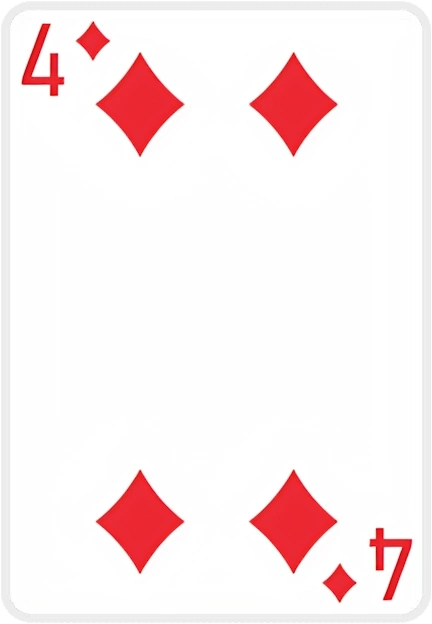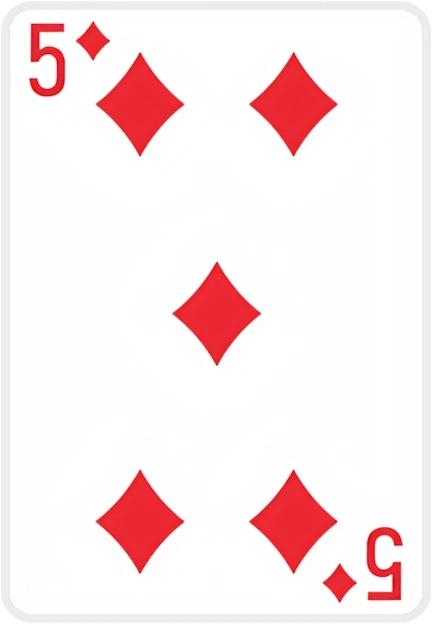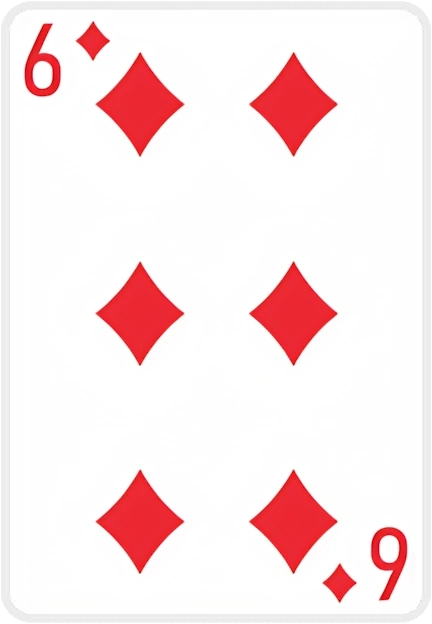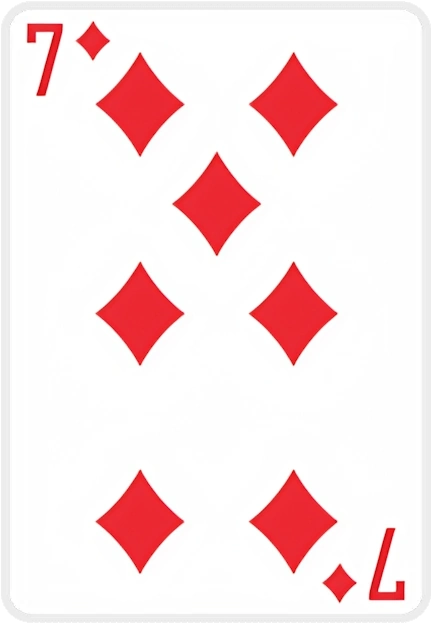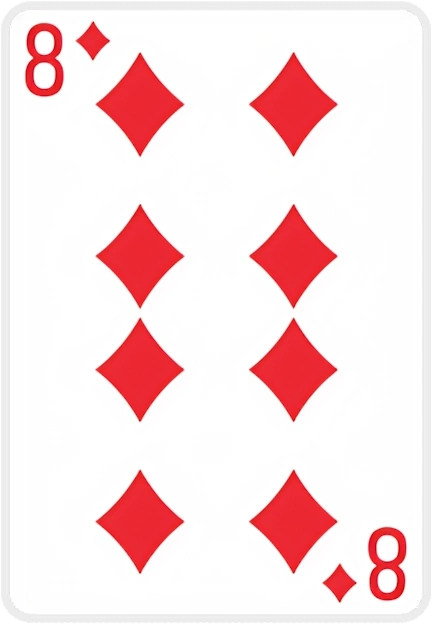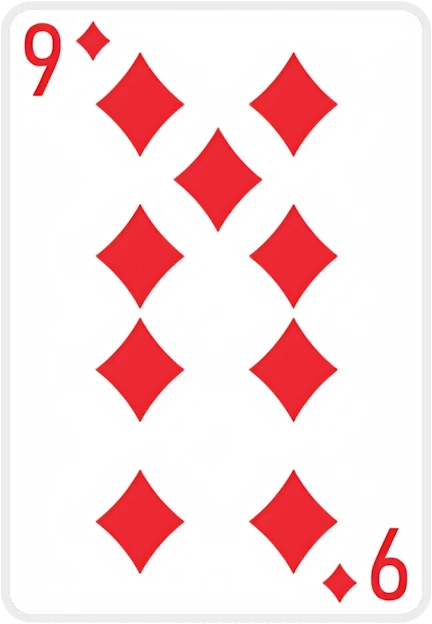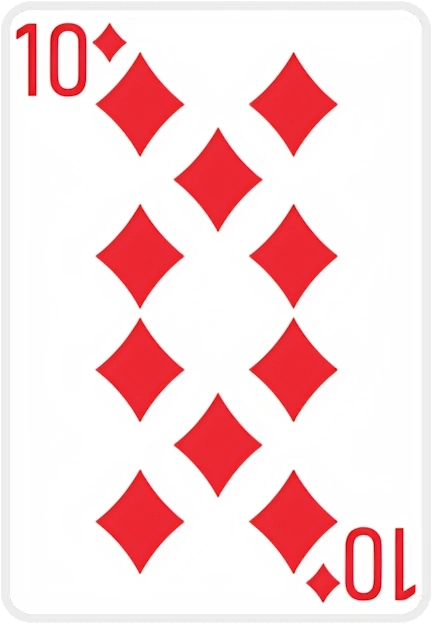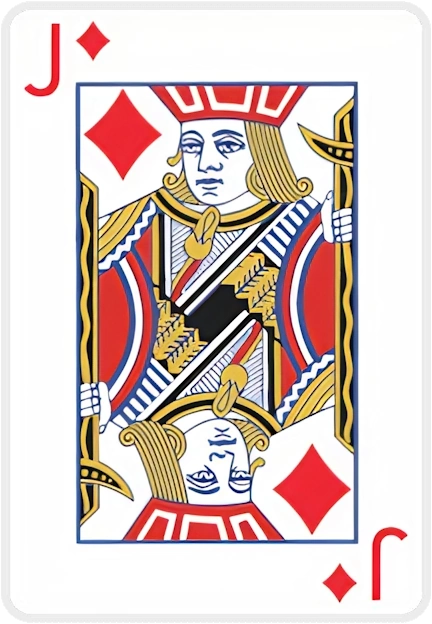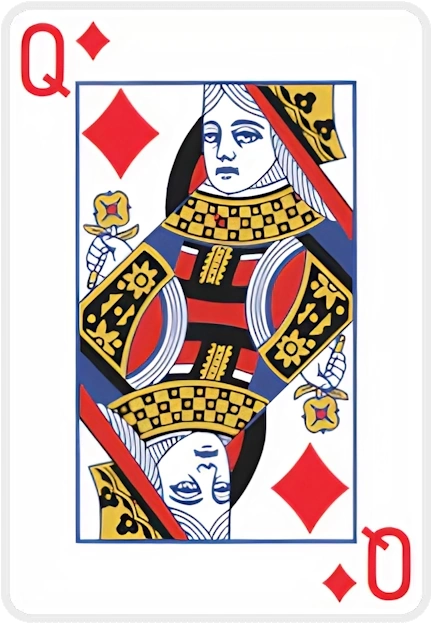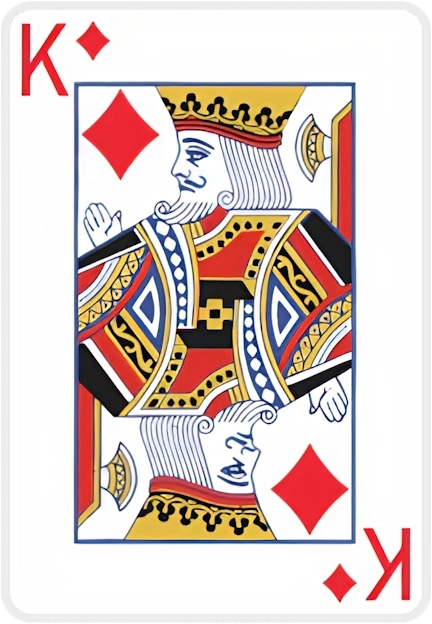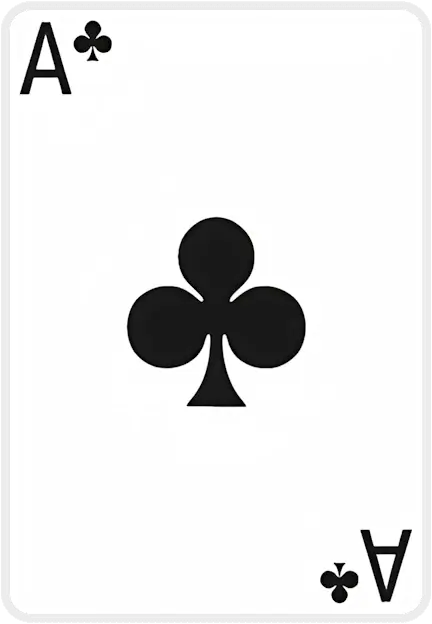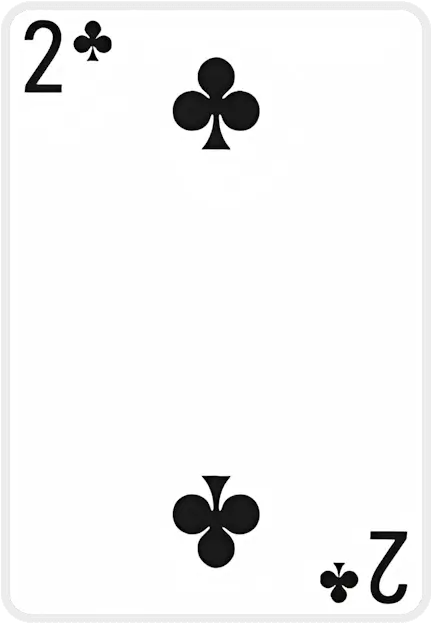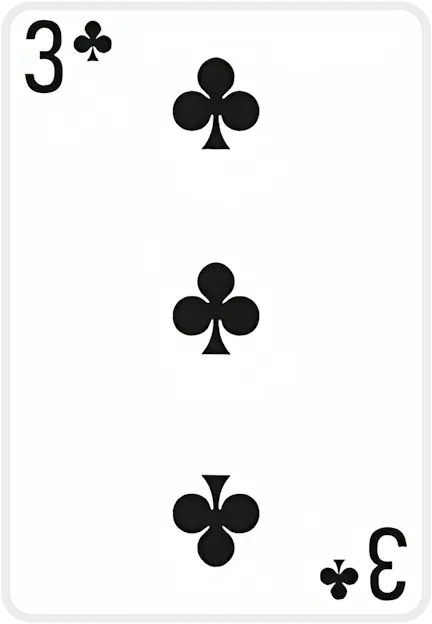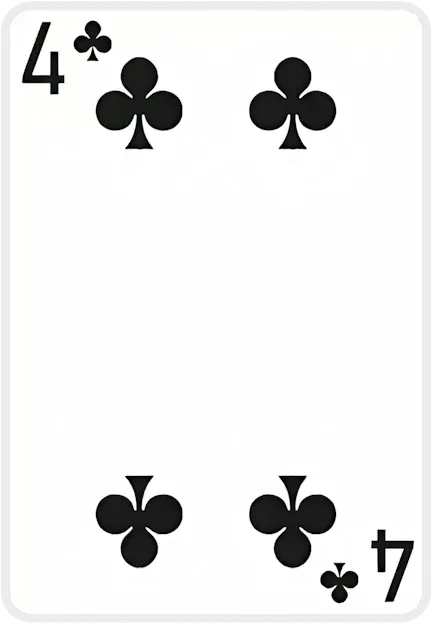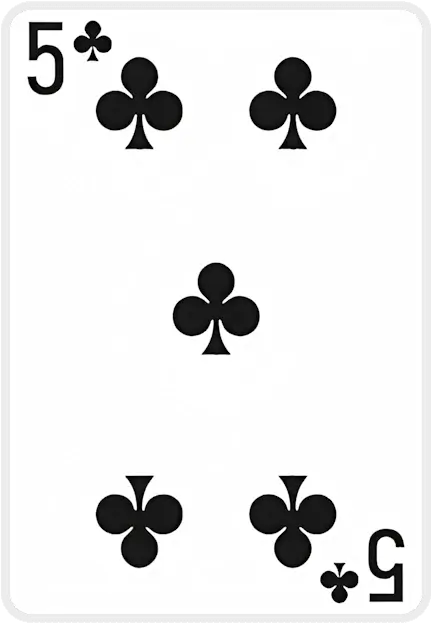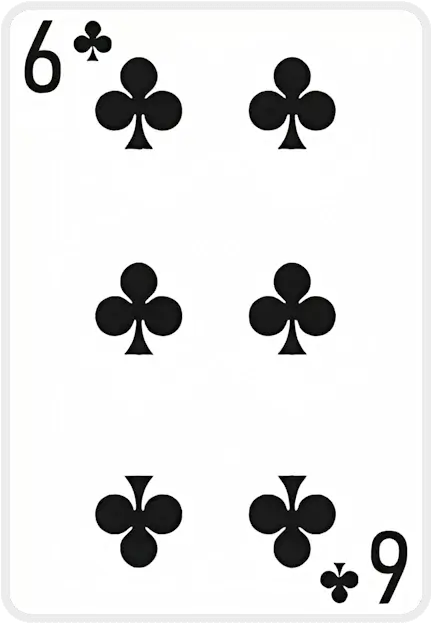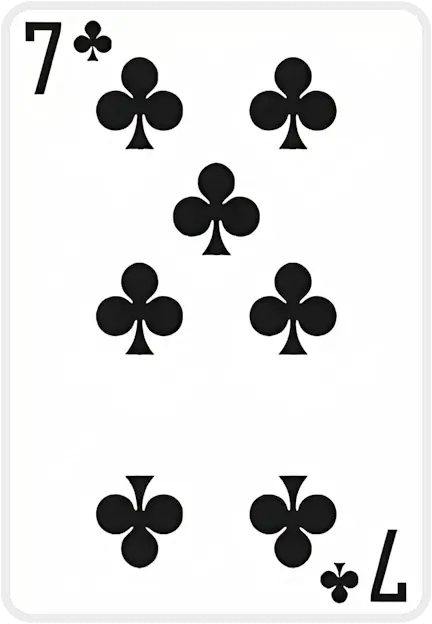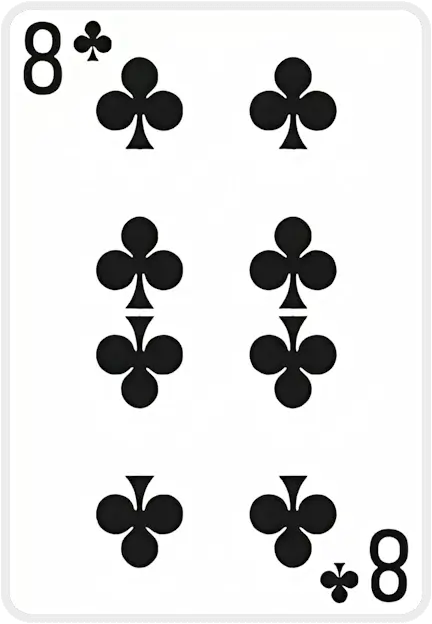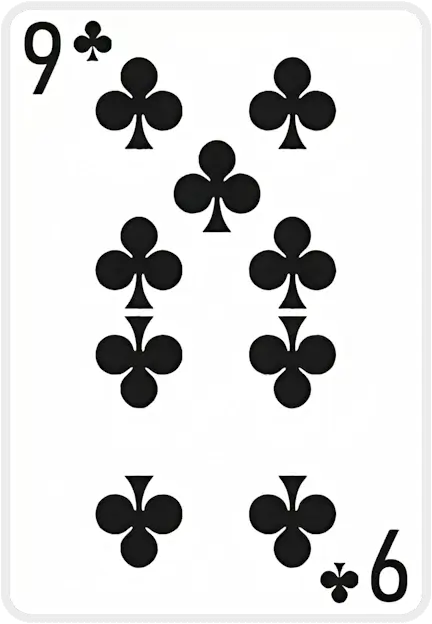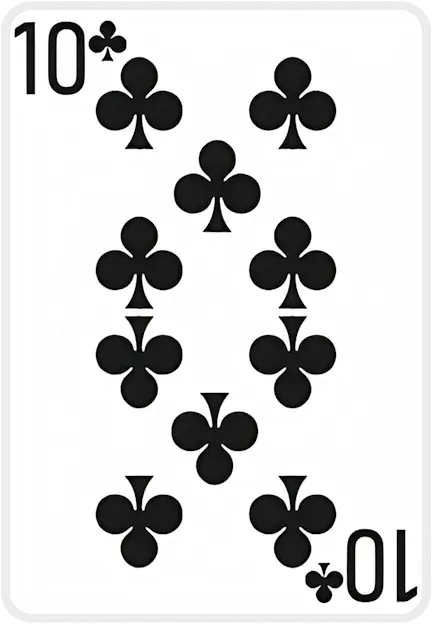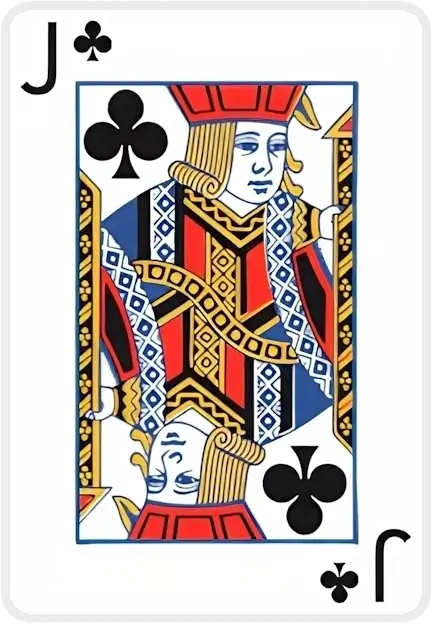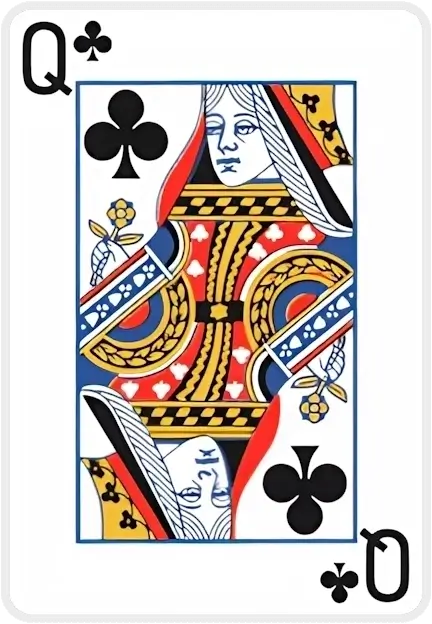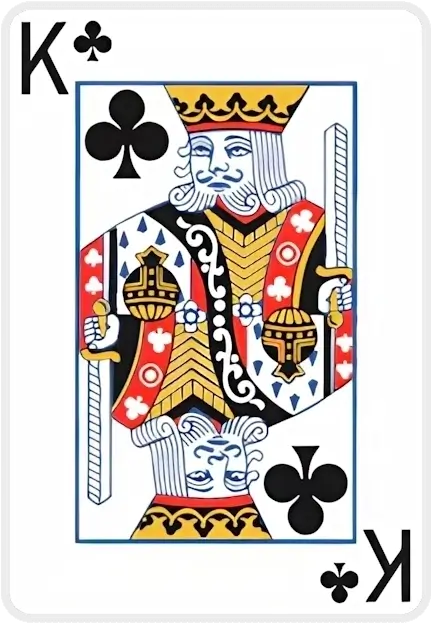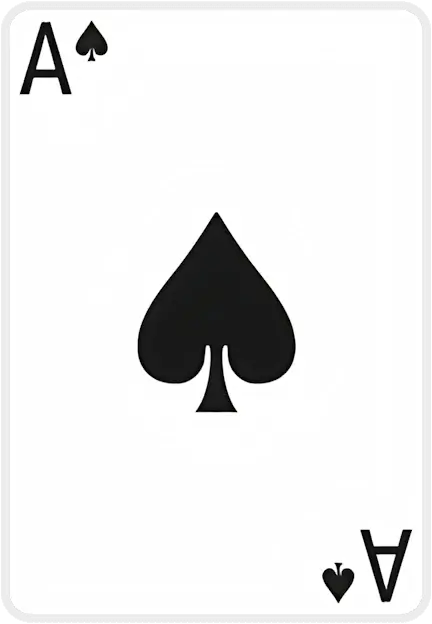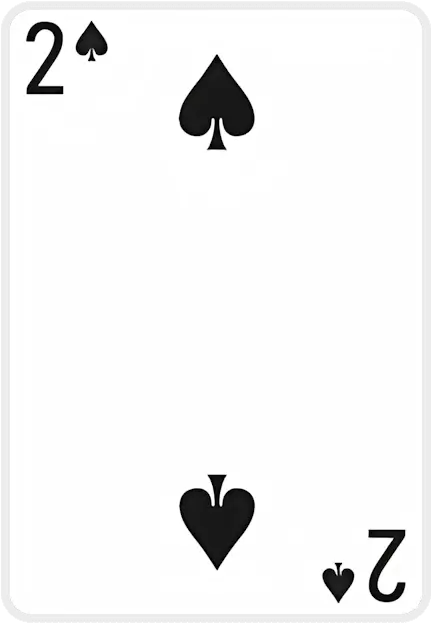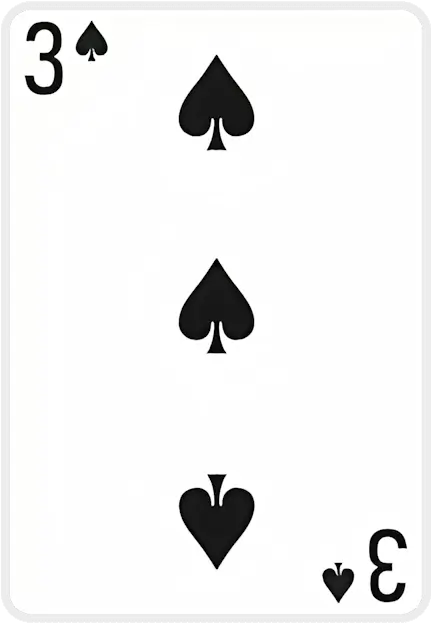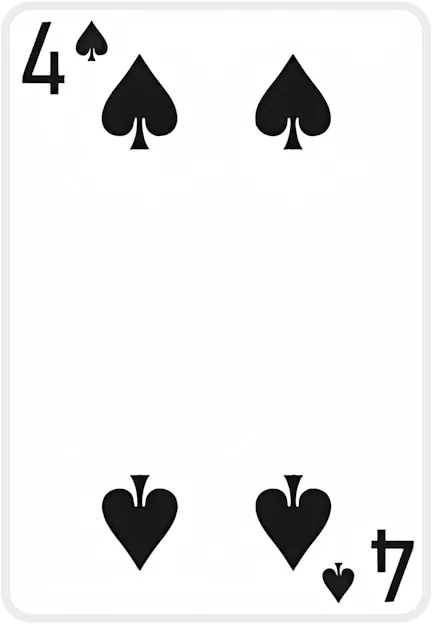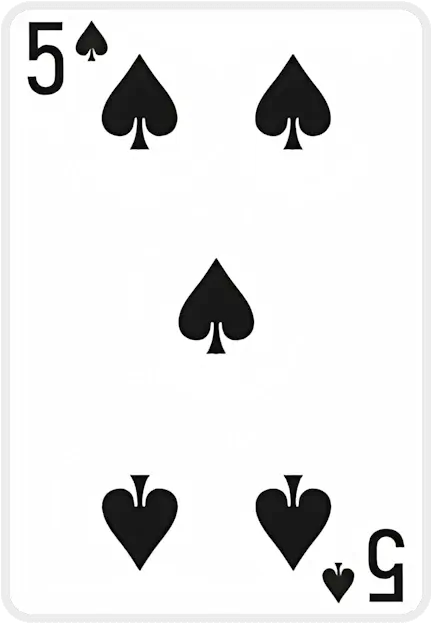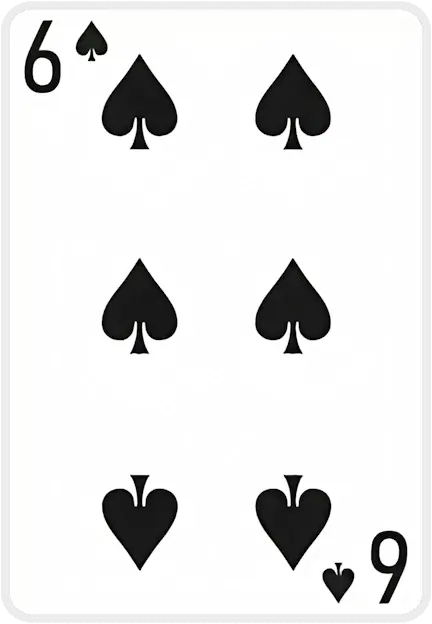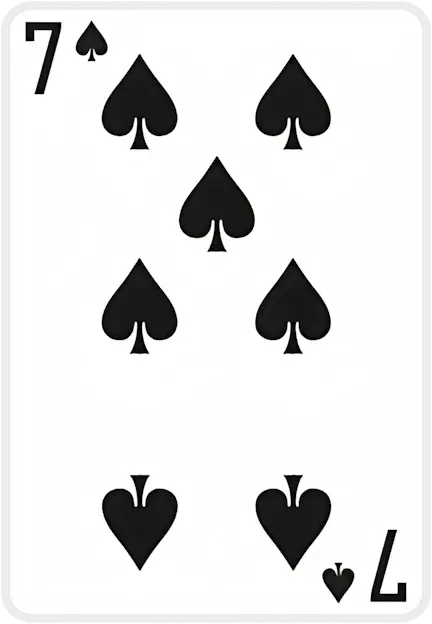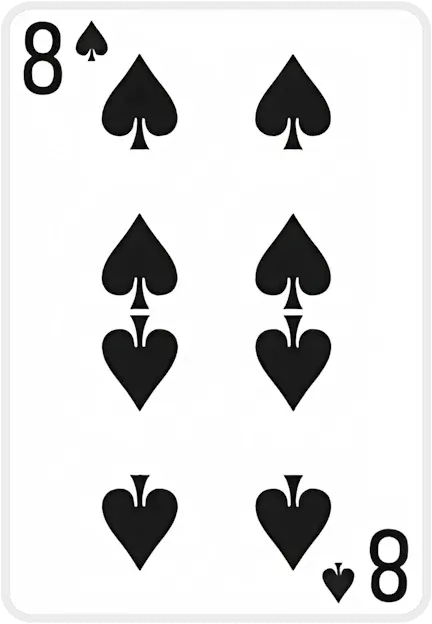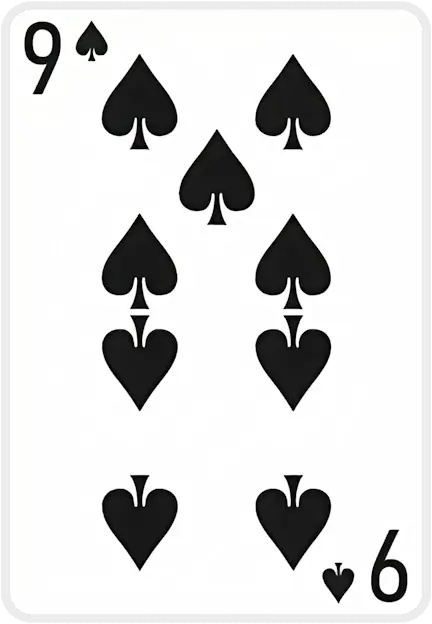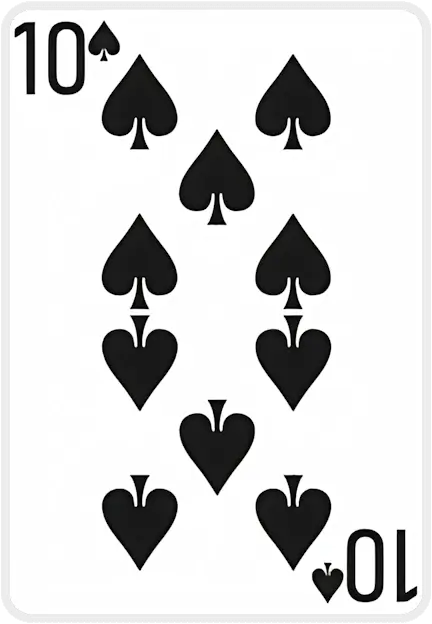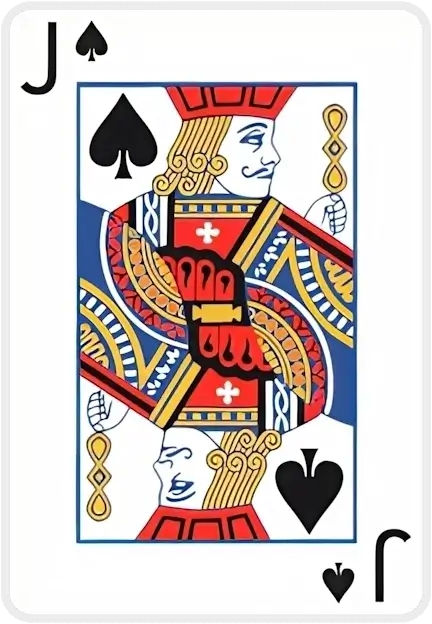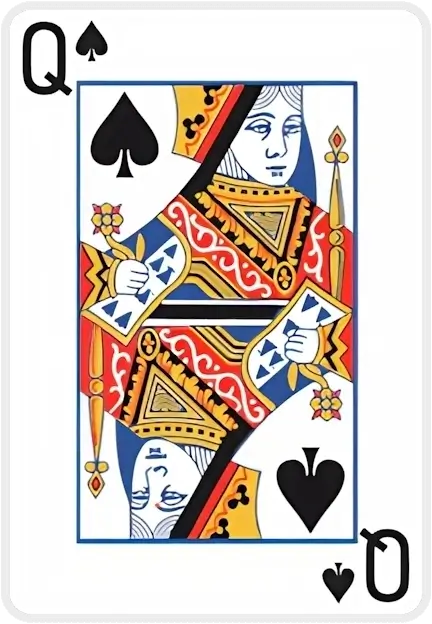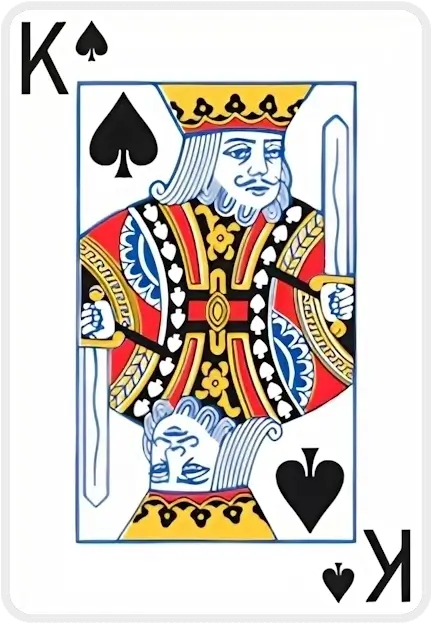Cannot drop, your card needs to be of an opposite suit colour
Cannot drop, your card needs to be one rank lower
Cannot move multiple cards to foundation
Card suit doesn't match foundation pile suit
Card can only be dropped on top of a card pile
Cannot deal cards when there are empty tableau piles
You can only move {0} card(s) at a time based on the current free cells and tableau
The cards don't add up to 13 and cannot be moved
The card is inaccessible and move cannot be performed
Cards must be in sequential order (one higher or lower)
Acme Solitaire

Acme Solitaire
Acme Solitaire is a challenging Canfield variant: you build down in suit on the tableau and up in suit on the foundations, cannot move stacks, and only get two passes through the deck. The objective is to move all 52 cards to the four foundation piles by suit from Ace up to King. A 13‑card reserve and strict build rules make Acme very tough – only about 15% of deals are winnable. Its name Acme (Greek ἀκμή) means “peak” or “zenith”, which perfectly suits this game’s status as the summit of solitaire challenges! 🔥🃏
How to Play
Acme is played with a single 52-card deck. The game starts by placing the four Aces on the foundations, then dealing one card face-up to each of the four tableau piles. A 13-card reserve is set aside, and the rest of the cards form the stock (flipped one at a time into the waste).
- 🎯 Objective: Build all 52 cards into the four foundation piles. Each foundation is built up in suit from Ace through King.
- 📦 Stock: The remaining undealt cards form the stock. Click or tap to turn one card at a time from the stock onto the waste. Only one redeal is allowed, so you get two total passes through the deck.
- 🗑️ Waste: The waste is a single pile where stock cards accumulate. Only the top card of the waste is playable (onto a tableau or foundation). When the waste is exhausted, the game ends or the redeal begins.
- 🏗️ Foundations: There are four foundation piles (one per suit). Each starts with an Ace (dealt at the start). Build each foundation up in suit: 2♣ on A♣, 3♣ on 2♣, … up to King. (Some play with a “round-the-corner” rule allowing an Ace on a King to continue, but typically you stop at King.)
- 🗄️ Reserve: One pile of 13 cards (typically 12 face-down plus 1 face-up). Only the top card of the reserve can be played, and it may be moved to either a tableau pile or a foundation at any time. When it moves, the next card in the reserve (if any) becomes available.
- 🃏 Tableau: Four piles of one face-up card each. Build down in suit on the tableau (e.g. 8♥ on 9♥). Only the top card of a tableau pile can be moved (no moving a sequence as a unit). Empty tableau spaces are immediately filled by the top card of the reserve; once the reserve is empty, any single card may fill a space.
Follow these rules to carefully maneuver cards between the reserve, waste, tableau, and foundations. With practice and patience, you can conquer this ultimate Canfield challenge! 😉
History 📜
Acme is a classic “patience” game first recorded over a century ago. Its rules were published by “Tarbart” in 1905 (in the second edition of Games of Patience). This makes Acme one of the older documented solitaire variants, showing its English origins in the early 20th century.
The name Acme has an interesting backstory. In Ancient Greek “akmē” means “peak” or “zenith”. Around the time this game was named, many businesses chose the name “Acme” to appear at the very top of alphabetized directories. (A humorous footnote: decades later, Warner Bros. cartoons would make Acme Corporation famous with Wile E. Coyote and the Road Runner, but in reality real companies had been using the name long before!) In other words, Acme signified something top-notch – a fitting title for a high-point solitaire challenge.
Acme Solitaire lives on in modern times through digital platforms. You can also play Acme on many online solitaire sites. Mobile and tablet apps have also implemented Acme as a tough-but-fun patience game, but at solitairex.io/acme-solitaire you can play both on desktop and mobile. In short, this vintage Canfield cousin continues to challenge players in both traditional rule books and today’s digital decks.
Sources: The rules above are confirmed by published solitaire references. Historical details come from patience game archives and etymological sources. These include Tarbart’s 1905 Games of Patience and modern solitaire databases that document Acme’s gameplay and background.
Case Studies
All figures below come directly from our database. Using first-party data ensures every insight is evidence-based, up-to-date, and privacy-respectful.
| Game Tier | Stand-out Titles | Win Rate |
|---|---|---|
| Quick Wins | Spider (1 Suit), Hole-in-One, TriPeaks | 70–84% |
| Fair Challenges | Solitaire (Draw 1) – 913 k plays FreeCell, Golf |
45–63% |
| Expert-Level | Spider (4 Suits), Forty Thieves, Double Scorpion | ≤11% |
Curious which moves turn the odds in your favor? Explore all the data & strategies →
What people say about us
Interview with Beverley Walker-Daury
At 87, Beverley Walker-Daury shares how SolitaireX brings joy, companionship, and purpose to her days in a retirement home.
Player Interview: Poul Andersen
Poul Andersen shares how playing SolitaireX helps him keep his brain sharp and active.
Player Interview: Peter Gross
Peter Gross, 81, shares how SolitaireX became his go-to place for relaxing Freecell games and friendly competition.
Player Spotlight: St0Sh0’s Record-Breaking Runs on SolitaireX
We sit down with speed-solitaire sensation St0Sh0 to talk record times, favorite variants, and why SolitaireX is his go-to card-game hub.
Fresh from the SolitaireX Blog

Decks & Destinations: The Solitaire Traveler Series Part 5: Berlin — Strategy & Culture Walks
Berlin’s rhythm of reflection and structure pairs perfectly with Solitaire’s calm logic. This guide invites travelers to explore the city’s culture and canals with a few mindful moves between each stop.

Decks & Destinations: The Solitaire Traveler Series Part 4: Tokyo – Mindful Play in a Fast City
Tokyo’s fast pace hides countless moments of calm — perfect for a mindful round of Solitaire. This traveler’s guide pairs iconic spots with short, focused play sessions to restore clarity on the go.

Decks & Destinations: The Solitaire Traveler Series Part 3: Seattle — The PC-Era Vibe
Seattle’s rain-washed calm pairs perfectly with Solitaire’s quiet focus. This traveler’s guide shows how to blend sightseeing, coffee breaks, and short, finite puzzles into a mindful PC-era rhythm.

Decks & Destinations: The Solitaire Traveler Series Part 2: London – From “Patience” to Presence
London’s slower moments pair perfectly with Solitaire—once known locally as “Patience.” This traveler’s guide blends calm city rhythms with mindful card play to help you recharge between adventures.
Latest guides crafted by Stoyan Shopov and Kalin Nikolov
Golf Solitaire Mastery: Strategy, Stats & Flow
Deal 7 columns of 5 face‑up cards (35 total). The remaining 17 cards*form the stock; flip the first stock card to start the waste. You may move only exposed tableau cards, and only if the rank is exactly one higher or lower than the waste top. Suits don’t matter. When no move exists, flip a new waste card. Clear all tableau cards to win.
TriPeaks Solitaire Mastery: Strategy & Analytics
Two peaks are dust; one stubborn ridge remains. Your waste shows a 9. The tableau flashes 10‑J‑10‑9‑8 like a heartbeat. You nudge the 10, feel the cadence lock in, and—without overthinking—trace a neat descent that crumbles the last peak. That tiny spark of *flow* is why TriPeaks hooks serious players: rhythm, restraint, and the rush of a run that arrives exactly on time.
Pyramid Solitaire Mastery: Strategy, Stats & Joy
Picture the pyramid down to its last stubborn tier: a Queen pinned beneath a ridge, a lone Ace on the waste, and a King begging to be burned for tempo. Heartbeat, breath, click—then the whole structure yields in a rush. If you’ve hit that razor‑edge finale, you already know Pyramid’s secret: small decisions, made in the right order, change everything.
FreeCell Solitaire Mastery: Strategy & Analytics Guide
I have a 15 years personal, lived experience—picture a scene built from thousands of session logs and notes from serious players: It’s late, and the board looks jammed. You clear a single column, free one cell, and suddenly a 9♣‑8♦‑7♣‑6♦ chain glides into place, untying the knot you stared at for ten minutes. The rush isn’t luck—it’s the quiet pleasure of a plan snapping into focus. When did FreeCell last feel less like “killing time” and more like practicing a craft you can actually master?
Media About Us
0


